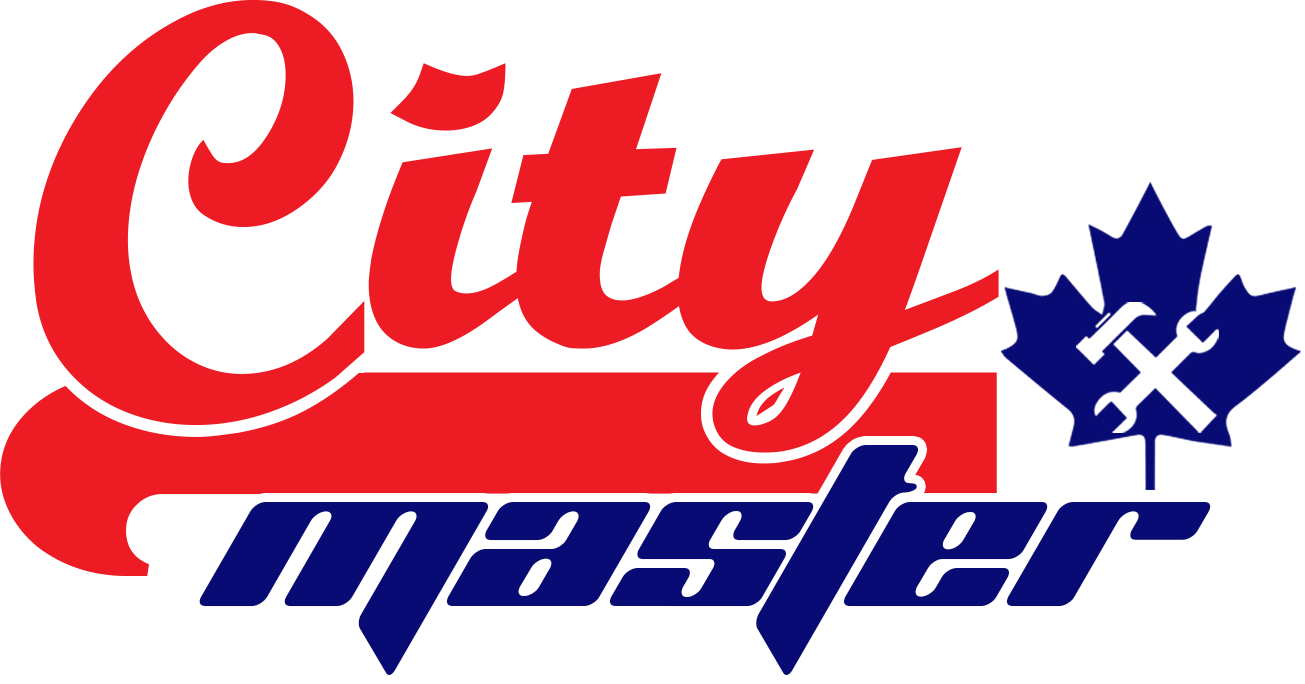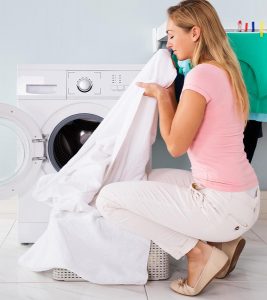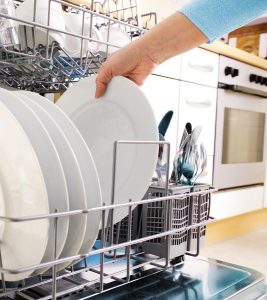
We’re a month away from Thanksgiving. This festive holiday gathers families and you should expect a chock-full of food on your table. If you’re the person in charge of the kitchen, you need to prepare your cooking equipment, especially your reliable oven.
Is your oven ready for all the baking before and during Thanksgiving? The first of the many strings of ovens that have graced us these past decades need to be cleaned by hand after use. However, after using the oven for cooking, meat juices and hardened crusts of pastries are splattered all over. It could be tough to clean and you’d spend hours on your knees scrubbing all the dirt.
The good thing is most ovens have a self-cleaning function now. It saves your time and effort, but there’s a lot you need to know about the technology before using it.
What is a Self-Cleaning Oven?
A self-cleaning oven (pyrolytic) is a type of oven that cleans itself by heating the grease, grime, and any other dirt inside it. You don’t need to scrub too much and tire yourself with the cleaning after cooking your favorite dishes. Self-cleaning ovens heat up from 400°C to 500°C to burn all dirt and food residue. Once the heating process ends, you can wipe off the ash with a damp cloth. There’s no need to use chemical agents that can harm you in the long run.
Self-cleaning ovens are expensive and can be powered with electricity or gas. These are becoming more available in the market now, so it’s really a worthy purchase if you ever plan to buy one.
There are two types of self-cleaning ovens:
- Traditional High Temperature
The traditional self-cleaning oven burns all the food deposits, grime, grease, and other residue in 900°C or more. The process takes two to four and a half hours to complete. Once it’s done, let the oven cool and stay away from it for a while. Fumes from traditional self-cleaning ovens can be dangerous to your health. Lastly, don’t put any material on top of the self-cleaning oven to avoid melting it. - Steam
The steam self-cleaning oven offers a shorter cleaning process of 20 to 40 minutes than the traditional high temperature ones. You just need to put water at the bottom of the oven range to produce the steam and clean off the residue. With steam self-cleaning ovens, you won’t be exposed to harmful odor. After the steaming process, let your oven cool down and wipe its insides with a damp cloth.
How Does a Self-Cleaning Oven Work?
Now that you’ve bought your first self-cleaning oven, you might be wondering how it works. It’s pretty much the same as the other ovens, but it uses high heat to remove hardened food remains inside the walls of your oven.
While the traditional high temperature self-cleaning ovens beat the steam ones when it comes to cleaning, both emit harmful gases like carbon monoxide that can put your health at risk.
With self-cleaning ovens, you don’t have to wipe everything from start to finish. You just need to let the heat melt away the dirt and do the wiping of the oven’s interiors once it cools down. Never go beyond the recommended heat for both traditional and steam self-cleaning ovens to avoid damaging the enamel coating inside.
Using a self-cleaning oven involves a lot of factors as well. You need to take note of how much electricity you consume and make sure that the heating parts are not overworked. The repair can consume a huge chunk of your time and money, so it’s better to be careful on how much heat you use in self-cleaning.
How to Use Your Oven’s Self-Cleaning Function Properly
As with any machine, self-cleaning ovens come with a manual and care tips. You need to ensure that your oven works. You wouldn’t want your oven to break and regret spending money because of carelessness.
If it’s your first time using a self-cleaning oven, here are some tips on how to use it safely:
- Use a carbon monoxide monitor to keep yourself from breathing the poisonous gas.
Carbon monoxide, when breathed in, replaces the oxygen in your body that your heart, brain, and body need to function. The machine lets you know if carbon monoxide levels are high or low. The fumes can harm pets and people, especially those with lung and heart diseases. - Remove any item on top of the oven to keep it from melting.Metal items, such as pots and pans, are prone to melting and can do more harm in your oven. These items might even catch fire and burn your house down.
- Do not lock the vent of your oven when using the self-heating feature.
This can lead to the overheating of the oven and break the machine down. If the oven is connected to a stove, make sure to turn the exhaust on to remove bad odours. - Remove the stainless steel racks when using the self-cleaning feature.
- The racks will end up being damaged due to the high heat in the self-cleaning process. Molten steel takes more time to remove and will cost you more money.
- Do a regular light cleaning of the oven every after cooking and baking.
This helps you remove the residue little by little, so you can use less heat by the time you need to self-clean the oven. Less heat leads to less overheating of your oven.
Self-cleaning your oven doesn’t have to be every after use. Just use the self-cleaning feature when your oven is really soiled after many uses or depending on how you use it. Wipe down the little spills with hot, damp cloth. You can do the same for the oven’s inner walls.
Here are some of the things you need to do before using the self-clean feature:
- Know the type of oven you have. Traditional high-temperature ovens are used differently than steam ones. For steam self-cleaning ovens, put a distilled water at the bottom of the oven to produce the steam. Traditional high-temperature ovens need high heat to reduce all dirt and residue to ashes.
- Clean up the residue that can be easily removed. This spares your oven the hassle of heating too much to the point of breaking down.
- Remove all racks and pans and clean them separately. Heat can discolour the racks and it becomes harder to slide it back in.
- Use a timer for the self-cleaning process. It’s in the oven itself and all you need to do is press some buttons.
- Lock the oven door to prevent anyone from opening it while the self-cleaning process is taking place. It ensures the safety of everyone even after the oven has cooled down. Some oven doors have automatic locks as well.
These precautions can save you from kitchen disasters. Self-cleaning ovens might be helpful, but please practice safety before, during, and after using them.
Don’t Want to Self-Clean? Here’s How You Can Clean Your Oven Instead
There are times when you don’t want to use the self-cleaning feature to keep your oven clean. Sometimes you want to stick to the old and manual cleaning style to give you a little bit of exercise. While it’s exciting to have a self-cleaning oven, the struggle is still on how to clean it by hand.
Here are some tips for cleaning your oven without using the self-clean feature:
- Consider the steam option
If your oven includes a steam cleaning option, consider using it to save electricity, time and effort. You only need water to produce steam and remove the dirt inside your oven. - Remove grease with baking soda and waterBaking soda and water are effective ingredients for removing spills and grease inside the oven. Mix the two in a container and spray it on a cloth. Wipe the oven walls in a singular direction to keep the dirt from going back and forth.
- Use a commercial oven cleaner for baking residues
Baking residues are hard to remove with baking soda and water. A commercial oven cleaner available in department stores can help remove dirt. Use a non-abrasive sponge to avoid damaging the inner walls of the oven. - Establish and maintain a cleaning routineOvens need to be cleaned seasonally or when it’s really dirty. Practice a cleaning routine for your oven to keep it functional. You’ll get used to the routine in the long run, so there’s nothing to worry about.
Cleaning your self-cleaning oven by hand at times allows you to stretch your muscles and not rely on the machine at all times. You get to lengthen the oven’s usability for a long time.
No to Self-Cleaning Before the Holidays
Using an oven’s self-cleaning feature saves your time, but it can be hard on some oven components. Some types of failure can occur if you self-clean before the holidays. Many calls for oven repair are due to a failure after a self-cleaning cycle.
The best time to self-clean the oven is after the holidays. If you do the self-cleaning before the occasion, your oven may not work well and end up spoiling your food preparations and hosting duties. At least when the holidays are over, you don’t need to worry about how and where to bake your cake and turkey.
Prepare your oven and other appliances for the rigorous kitchen work this Thanksgiving. If you need maintenance checks or reliable appliance repair, City Master – Appliance Repair GTA is one call away via 905-252-0603. We service Newmarket, Markham, and the rest of the GTA.



